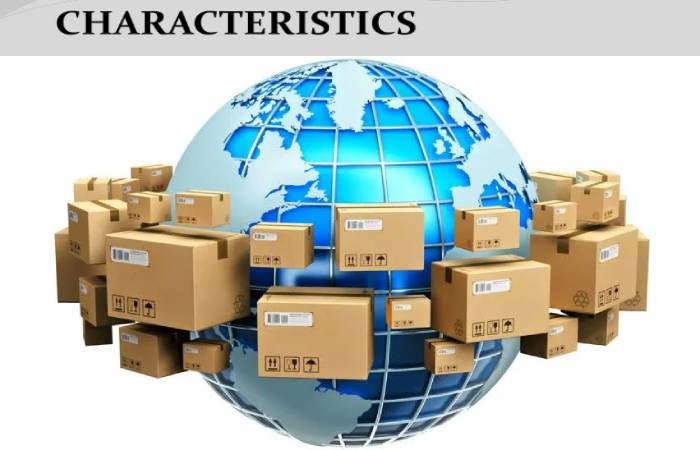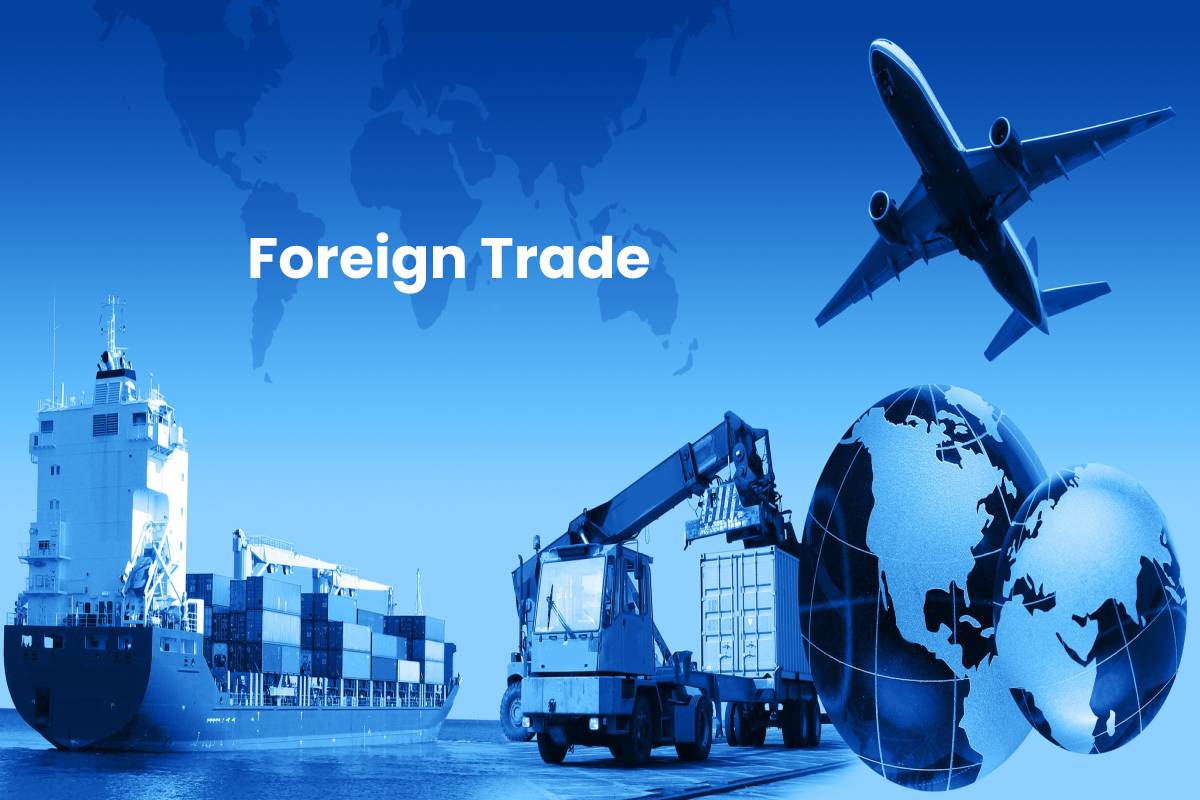Table of Contents
Foreign Trade Definition
Foreign trade is the exchange of properties and services between two or more countries.
It is the purchase or sale of goods and services outside the country’s geographical borders (abroad). That is, the parties interested in trading products are located in different countries or regions.
It is generally subject to various regulations for both product control (health, safety, etc.), as well as procedures (bureaucratic procedures, records, etc.) and taxation ( taxes, tariffs, etc.).
Objectives of Foreign Trade

- The main objective of foreign trade is to satisfy consumer demand by taking advantage of each country’s comparative benefits.
- The concept that encompasses the foreign exchange of all nations is that of international trade.
- It is important to mention that foreign trade development occurs thanks to trade liberalisation. In turn, customs and freight policy and that of foreign trade taxes must be rational and prudent.
- It should promote competition for the good or service abroad and allow the country to receive other different currencies.
- All this, with the purpose that it can import goods or services without protectionist policy.
Characteristics of Foreign Trade

Foreign trade has the following basic characteristics:
- By definition, it is a trade outside the country’s borders, which can trade with one or more nations.
- Countries that trade have open economies (they allow transactions with other countries) or have foreign trade agreements with a particular country.
- It is usually subject to special regulations (control, process, taxes, etc.)
- Countries interested in exchanging goods and services with others usually sign commercial agreements or conventions that facilitate exchange processes.
- The entry or exit of products will generate a flow of foreign exchange.
- When countries with different currencies, the currency’s value relative to the local currency reflects the exchange rate.
- Exchange rate fluctuations can affect foreign trade flows between countries that have different currencies.
- Usually, there is a public body in charge of controlling the entry and exit of goods from a country.
- This body is called Customs, and it is in charge of overseeing the access and exit flows of goods across the border and applying taxes (rates or tributes) that the law determines.
Advantages and Disadvantages of Foreign Trade
- One of the greatest advantages of foreign trade is the possibility that people and companies can access goods and services (including inputs) more varied and cheap.
- Indeed, it encourages competition between different countries that have additional resources available.
- This allows people to access goods that are not produced locally or the same local goods but at a reduced price.
- It also makes it possible to complement domestic production when it is insufficient to satisfy local demand.
- Furthermore, foreign trade boosts efficiency as it allows countries to take advantage of their comparative advantages, both in resources and in technology or location.
- However, it can be detrimental to less efficient local businesses. Indeed, the increased competition from companies from other countries may put pressure on the exit of local companies that cannot adapt and attract customer preferences.
- However, this is not harmful to consumers or society in general. This is the free market’s objective to promote competition.
- Only the most efficient can stay and satisfy consumer demand in the best possible way (with lower prices and higher quality).
Foreign Trade Models
In economics, various model slain the logic of foreign trade flows over a while, trying to identify which are the d Here are four of the best known briefly:
Absolute Advantage of Adam Smith
- According to this model, the goods produce and exported from countries with lower production costs.
- Thus, if country A has a lower cost of producing shoes than the rest (B, C, Z), either because its inputs are cheaper or capable of using fewer inputs, the shoes will be produced in A. They will export to the rest of the countries.
- According to Ricardo’s model, David Ricardo’s relative advantage is what is relevant to determine what will be produced and traded in a country are not the total costs but the relative costs.
- In this way, even when a country has a definite cost disadvantage with all the others, it can still take advantage of foreign trade’s advantages by focusing its production on the goods in which it is relatively more efficient.
Heckscher-Ohlin Model
- This model proposes that countries will focus their production on more intensive output production that is more abundant in the country.
- Thus, for example, if a country has a large labour force, then it will tend to produce labour-intensive goods, while it will import capital-intensive goods.
Singer-Prebish Model
- According to this model, it generates a real exchange relationship between developed. And undeveloped countries that are detrimental to the latter.
- In effect, the prices of inputs or raw materials in which the poorest countries tend to specialize tend to decline. While the more processed products, typical of developed countries, tend to rise.
- The authors recommend that undeveloped countries boost their local production and reduce foreign trade.
Forms of Foreign Trade
The three basic forms of foreign trade are as follows:
Export: They are the set of goods and services sold by a country in foreign territory.
Import: They are the set of goods and services purchased by a country in foreign territory for use in the national environment.
Transit trade: Transit trade considers financial services. The individual who executes the operation does not have a registered office either in the exporting or importing country but is located in a third country.
There are also special forms that do not fall into the previous categories:
- Direct international investments.
- Compensation operations.
- Improvement operations.
- Manufacture under license.
- Franchise.
- Cooperation.
- Project companies abroad.
- Independent intermediaries.
- Channels of merchandise distribution
Also, merchandise distribution channels in foreign trade are classified as follows:
Direct: The distribution makes directly between the producer and the buyer, without any national intermediary involvement.
Indirect: They carry out through special companies dedicated to foreign trade that act as intermediaries.
Conclusion
Foreign trade refers to transactions of a commercial and financial nature, which implies exchanging goods. And services between a particular country with other countries or nations.
It involves the sale or export and purchasing or import of products, goods or services, from one country to another. The objective is to satisfy consumer demand for certain products.
Also Read: Business Analyst – Definition, Characteristics, and More


